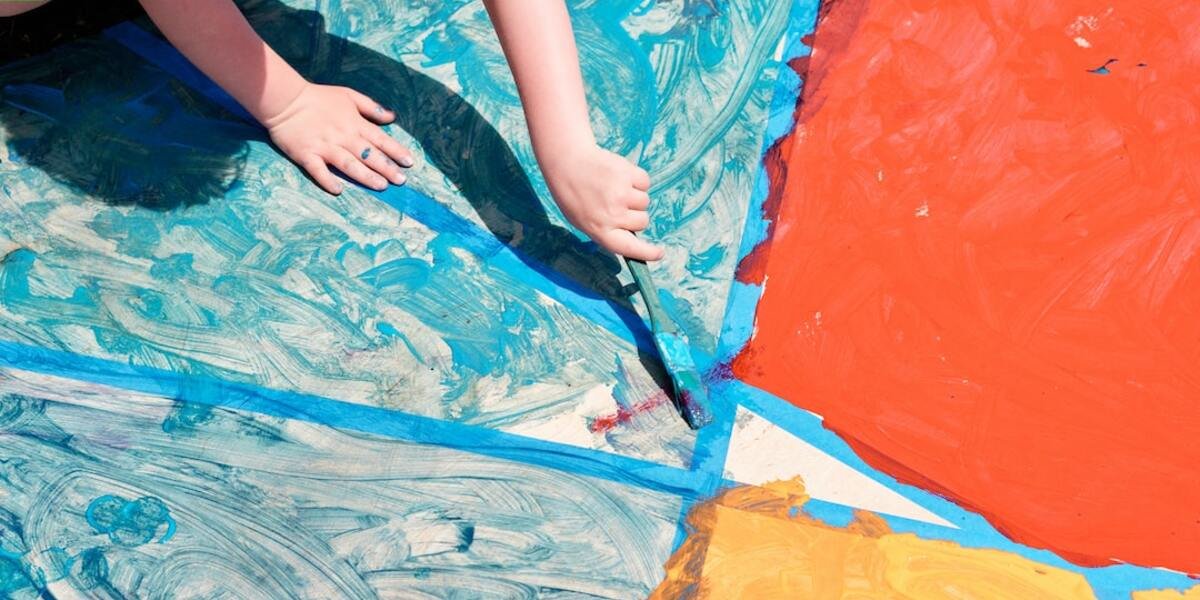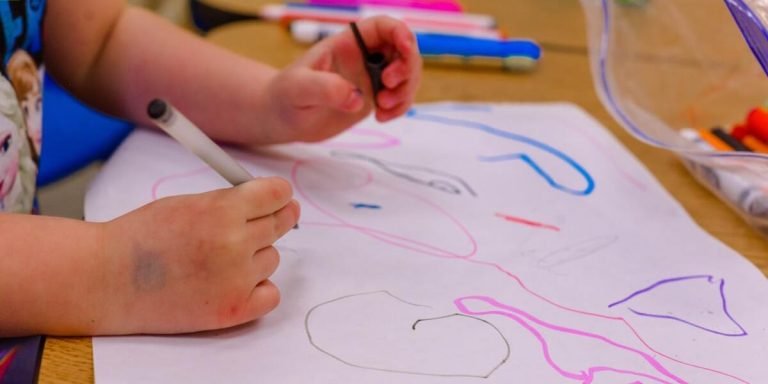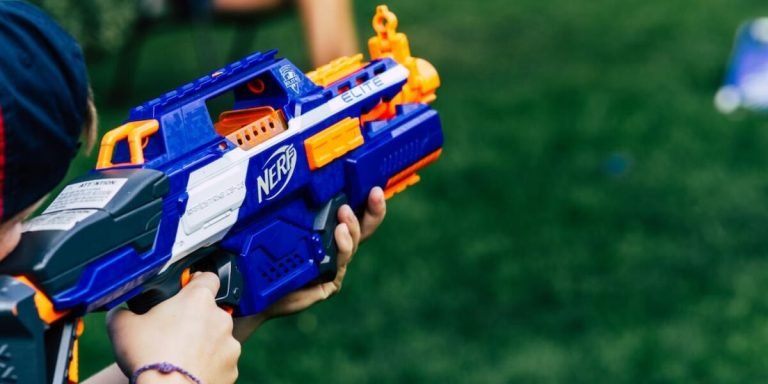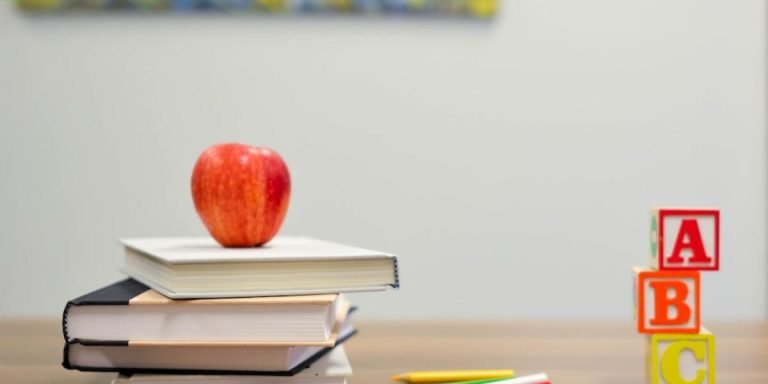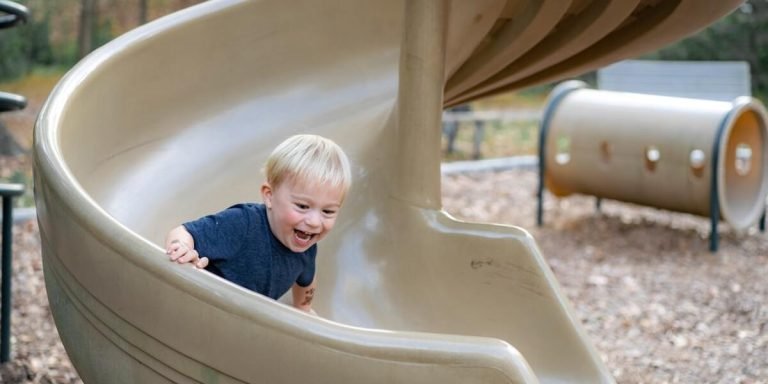Definition of Kinaesthetic Learning: A Comprehensive Understanding for Parents and Educators
In the world of education and learning styles, one term that often surfaces is “kinaesthetic learning.” However, not everyone fully understands the definition of kinaesthetic learning or how it impacts childhood educational development. This style refers to a hands-on approach where children engage physically with their environment as part of the learning process.
The concept pivots around “Activity Based Learning,” an approach proving increasingly beneficial for educators seeking effective teaching methods. By incorporating movement into lessons, students can correlate physical activity with information absorption leading to better comprehension and retention rates. Delve deeper into this blog post to understand Kinaesthetic Learning in its entirety.
Did you know?
Did you know? Dr. Howard Gardner’s theory of multiple intelligences affirms kinesthetic learning as one of the key types, highlighting its importance alongside linguistic and logical-mathematical intelligence often favored in traditional education settings.
Exploring the Definition of Kinaesthetic Learning: Uncovering Its Core Elements
Kinaesthetic learning, more commonly known as tactile or hands-on learning, is an often understated yet vital aspect of childhood education. Conceived in the educational psychology realm, it refers to a style where students effectively learn by carrying out physical activities rather than passively listening to lectures or merely reading text material. From clay modeling and drama play in preschool years through scientific lab experiments during high school – kinaesthetic methods represent activity-based instruction that ignites curiosity.
With technology integration gaining ground in 2023 education systems worldwide, this multi-sensory approach has embraced digital transformation for enriched student outcomes. Augmented reality (AR) tools now provide tangible experience beyond textbook confines while teaching apps designed around children’s movements foster active participation- thus aligning with dynamic ways young minds work.
Unraveling its core elements reveals how kinaesthetic strategies are inherently learner-centric—students engage directly with their environment fostering deeper understanding and long-term knowledge retention. It boosts creativity while nurturing critical skills like problem-solving and decision-making —broadly within STEAM subjects but also across varied fields underlining its widespread versatility.
Whether navigating geometric shapes on interactive whiteboards or engaging with history via virtual reality excursions—the line between ‘learning’ and ‘doing’ blurs bringing out the best from academic sessions molding well-rounded learners ready for future challenges.
Understanding the Basics: What is Kinaesthetic Learning?
Kinaesthetic learning, often also referred to as tactile learning, emphasizes the use of physical activities to facilitate comprehension. It is a dynamic educational approach that engages students physically in the acquisition and understanding of new knowledge.
The definition of kinaesthetic learning revolves around this principle – it encourages learners to learn by doing rather than merely observing or listening. This method involves active participation from students, boosting their engagement levels and making them an integral part of the education process.
To illustrate: imagine teaching a youngster how to build blocks while narrating each action you take instead of just explaining with words. The hands-on experience not only enables easier grasping but makes the interaction more interesting for young minds.
Key Characteristics of Kinaesthetic Learners in Action
In the grand tapestry of education, kinaesthetic learning stands as a vibrant thread. Defining this unique style is critical to broadening our understanding and enhancing educational outcomes.
At its core, the definition of kinaesthetic learning revolves around physical activity. Kinaesthetic learners absorb information best when they are in motion or using their bodies during instruction.
Active processing of information typically makes these students more hands-on compared to their peers who favor auditory or visual stimuli for understanding new concepts. What characterizes kinesthetic learners? Some key traits include:
1) They Excel at Experiential Tasks: Whether it’s touching different textures while studying geology or enacting historical events on stage for history class, these pupils revel in experiential tasks that involve movement and active participation.
2) Highly Attuned Physical Memory: The inherent link between body movements significantly assists them to recollect data better than passive reading or listening methods alone can offer.
3) Enjoy Practical Applications Over Theory: The world becomes their classroom with practical applications being preferred over theoretical concepts detached from reality according to such learners’ perspectives.
Implementing Activity Based Learning Strategies for Kinesthetic Students
Implementing activity-based learning strategies for kinesthetic students is a dynamic approach to foster educational growth. This style relates directly with the definition of kinaesthetic learning, which emphasizes physical activities over visual or auditory ones in understanding new concepts. In modern classrooms today, an emphasis on traditional lecture methods alone falls short for many students who learn best by doing and experiencing.
In response to this academic gap, educators are increasingly integrating technology into these hands-on instructional approaches. They ensure inclusivity for all learners while creating interactive experiences that enhance knowledge retention among kinesthetic learners specifically. For example, virtual reality (VR) can simulate real-world scenarios where kids may interact with their lessons beyond textbooks’ constraints.
Moreover, such advanced techniques convert theoretical ideas into practical challenges thus fostering exploration and problem-solving skills central to comprehensive education in 2023 and beyond. By embracing these innovative tools within pedagogical frameworks designed around physical interaction – like project assignments using crafting materials integrated with tech components – teachers better cater toward the diverse cognitive needs prevalent within today’s student demographic.
Hands-on Activities to Enhance Physical Engagement and Memory Retention
In today’s learning environment, the definition of kinesthetic learning is tightly linked with Activity Based Learning (ABL). For children defined as kinesthetic learners – those who learn best through physical experimentation and engagement – hands-on activities can be key in enhancing memory retention.
Integrating technology into education is an innovative approach for leveraging ABL strategies. Here are a few examples where this integration proves particularly beneficial.
1. Virtual Reality Experiences: In 2023, technologies like virtual reality have become more accessible than ever before. Kinesthetic students benefit tremendously from immersive VR experiences that allow them to engage physically while exploring different concepts or environments.
2. Interactive Online Games: These not only make learning fun but also involve active participation which boosts understanding and knowledge retention for these types of learners.
3. Simulation Labs: Simulated practical sessions provide robust platforms allowing kinetic students to practically apply what they’ve learned thus cementing their understanding further.
4. Digital Storytelling Projects: Allowing kids to create their own digital narratives engages many skills including creativity, coordination, storytelling structure awareness all within an interactive platform.
5.Virtual Field Trips- Technology offers numerous opportunities for real-world exploration without leaving the classroom; engaging ways kinaesthetics learners thrive on!
Real-world Applications: Linking Movement with Academic Concepts
Redefining education has always been a part of our continuous strive towards progress, especially in the year 2023. One aspect that is often overlooked but vital in enhancing children’s learning experience is kinesthetic learning or kinaesthetic learning as some might spell it.
In essence, the definition of kinaesthetic learning describes an approach where students learn through movement and physical activity. This method holds considerable potential to maximize information retention among young learners who are naturally more active and curious about their environment.
Real-world applications significantly integrate movement with academic concepts, effectively linking two seemingly diverse areas into a seamless process known as Activity Based Learning (ABL). Here’s how:
1. Engage Learners: Incorporating hands-on experiences such as labs experiments for science lessons can help bring abstract concepts to life promoting better understanding.
2. Promote Active Involvement: ABL emphasizes on active student participation making them responsible for acquiring knowledge rather than passive reception from traditional lectures.
Furthermore technology integration within education paves way for harmonizing current generation technological comforts with time tested teaching methodologies like ABL .
Evaluating the Impact of Kinesthetic Approaches on Different Learning Environments
Kinesthetic learning, or tactile learning as it’s often called, is a teaching approach that plays to the physical strengths of certain students. By adopting this method into various educational environments, we allow children who excel at hands-on tasks and active engagements to thrive in their studies. In an age where technology integration in education has become crucially significant, understanding how kinesthetic methods can coexist and enhance these digital advancements remains important.
In 2023, with more vigorous strides made towards EdTech adoption globally – from virtual reality classroom experiences to AI-driven personalized tutoring sessions – the merger of kinaesthetic approaches brings about unique dynamics. It presents teachers with opportunities for exciting interactive lessons using technology while keeping learners physically engaged through activity-based exercises.
By evaluating such instances critically within different settings like homeschooling setups or traditional classrooms; one draws surprising parallels between seemingly distinct methodologies: movement-oriented activities and high-tech tools are proven not only compatible but also complementary- amplifying each other’s benefits significantly when applied judiciously according to pupil needs.
Assessing Behavioral and Educational Outcomes in Active Classrooms
As the definition of kinesthetic learning becomes more prevalent in educational discourse, our exploration leads us to evaluate its implications in different classroom environments. The pivot towards interactive and engaging teaching methods has seen a surge, especially with Technology Integration becoming an integral part of Education.
Active classrooms are at the forefront of this revolution; they offer students hands-on experiences that reinforce their knowledge base through engagement in practical activities. Assessing behavioral and educational outcomes is therefore critical for understanding how successful these strategies have been.
Behavioral changes can be observed as one measure for assessing efficacy. Students who participate actively during class tend to develop better attention spans over time because physical movement enhances mental agility. For instance, you might notice your child expressing increased enthusiasm about going to school or displaying improved tendencies toward teamwork—both indicative signs that kinesthetic approaches may be contributing positively.
Educational outcomes cover another spectrum where we assess tangible academic progress attributed directly to activity-based learning methods implemented within classrooms. This would involve looking at grades pre-and-post introducing such active-learning techniques but also scrutinizing improvements in conceptual understanding amongst learners – possibly culminating into attributes like problem-solving skills and innovative thinking abilities among pupils on the receiving end of such pedagogical technique transformations kept abreast with 2023 trends.
Case Studies: Success Stories of Activity-Based Kinaesthetic Education
The integration of technology in education has revolutionized the way lessons are delivered, especially with respect to kinesthetic or activity-based learning. In essence, this shift highlights the definition of kinaesthetic learning: a teaching method that engages students’ bodies in the process through physical activities.
In recent years, several case studies have underscored how effective such approaches can be when implemented correctly and enhanced using modern given technologies.
Similarly notable is another example from New Zealand’s coast region schools where virtual reality (VR) tools were used as part of their kinesthetic teaching approach for geography lessons. Students had hands-on experiences via VR treadmills which simulated different terrains across diverse geographical locations globally; making it easier for them to understand complex concepts like ecosystem diversity and topography variations much better than conventional methods would allow.
Yet another tech-driven success story hails from Iowa’s Montessori School system which integrated smartboards into their movement-focused curriculum – blending digital proficiency with physical dexterity development seamlessly within each lesson plan framework.
These demonstrations prove beyond doubt that technology serves not just as mere equipment but rather becomes an integral catalyst promoting KCBL– Kinesthetically Charged Blended Learning environments proactively engaging learners while enhancing cognitive retention rates concurrently.
Conclusion
In conclusion, deciphering the essence of kinaesthetic learning for your child’s educational journey will make a world of difference. Your newfound understanding and application could widen their perspective, thus building on tactile experiences to foster lifelong learners. Henceforth, this deeper dive into the definition of kinaesthetic learning has been illuminating.
For those hungry minds craving more insights into childhood education strategies or needing further support as parents or educators in fostering young talents; continue exploring our website. Herein lies an abundance of resources at your disposal to navigate every step with grace and confidence! Remember that educating is not just about filling a pail but igniting a fire within each inquisitive mind we nourish.

